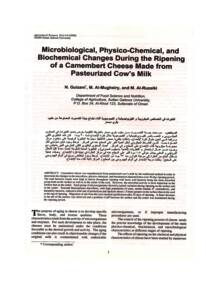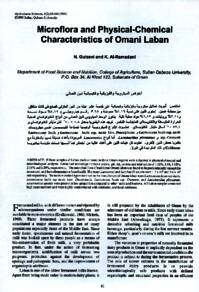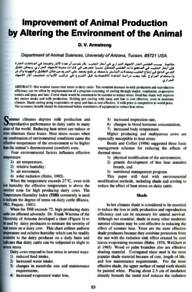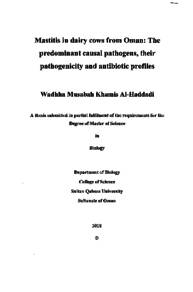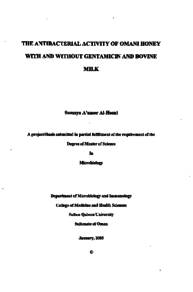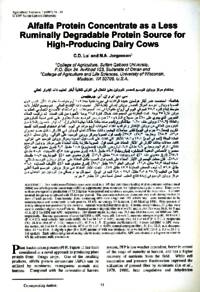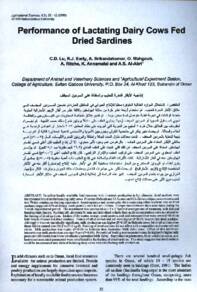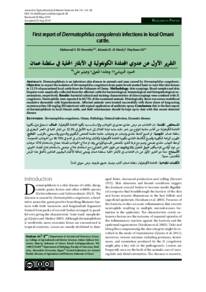Document
Microbiological, physico-chemical, and biochemical changes during the ripening of a camembert cheese made from pasteurized cow's milk.
Contributors
Al-Mugheiry, M., Author
AI-Ruzeiki, M., Author
Publisher
Sultan Qaboos university
Gregorian
2000
Language
English
English abstract
Camembert cheese was manufactured from pasteurized cow's milk by the traditional method in order to determine the changes in the microflora, physico-chemical, and biochemical characteristics over 30-day ripening period. The total bacteria counts were high in cheese throughout ripening with lactic acid bacteria being the main microbial group both on the surface as well as in the center of the curd. However, the microbial activity is more important on the surface than in the center. Each group of microorganisms showed a typical variation during ripening on the surface and in the center. External heterogenous microflora, with high population of yeast, molds (mainly P. camemberti), and halophilic bacteria, induced a total rate of proteolysis and lipolysis about 1.5 times greater on the surface than in the curd at the end of ripening. Migration of salt from the curd reached equilibration after 23 days of ripening. A faster decrease in the pH of the surface was observed and a gradient of pH between the surface and the center was maintained during the ripening period.
Member of
ISSN
2410-1079
Resource URL
Citation
Guizani, N., Al-Mugheiry, M., & AI-Ruzeiki, M. (2000). Microbiological, physico-chemical, and biochemical changes during the ripening of a camembert cheese made from pasteurized cow's milk. Journal of Agricultural and Marian Sciences, 5 (1), 1-6.
Arabic abstract
صنعت جبنة الكممبرت من حليب بقري مبستر بالطريقة التقليدية بغرض تحديد التغيرات في المحتوى الميكروبي والخصائص الفيزيوكيميائية والكيموحيوية خلال فترة الإنضاج لمدة 30 يوما. كان العد البكتيري الكلي مرتفعا في الجبن طوال فترة الإنضاج، وشكلت بكتيريا حمض اللاكتيك مجموعة البكتيريا الرئيسية على سطح و مركز الخثرة معا، لكن النشاط الميكروبي شكل أهمية أكبر على السطح عنه في المركز. لوحظ وجود تباين نموذجي لكل مجموعة ميكروبية أثناء الإنضاج على السطح وفي المركز، أحدث المحتوى البكتيري الكلي الخارجي الغير متجانس مع وجود نمو عال للخمائر والفطريات (أهمها : بنسيليوم كممبرتي) والبكتيريا المحبة للملوحة أحدث معدلا كليا للتحلل البروتيني والدهني يعادل حوالي 1.5 مرة أكبر على السطح عنه في مركز الخثرة في نهاية فترة الإنضاج. وصلت عملية انتقال الملح من الخثرة إلى مرحلة التوازن بعد 23 يوما من الإنتاج. لوحظ وجود انخفاض سريع في الرقم الهيدروجي على السطح، وظلت درجة الانحدار في الرقم الهيدروجي بين السطح والمركز ثابتة أثناء مدة الإنضاج .
Category
Journal articles

